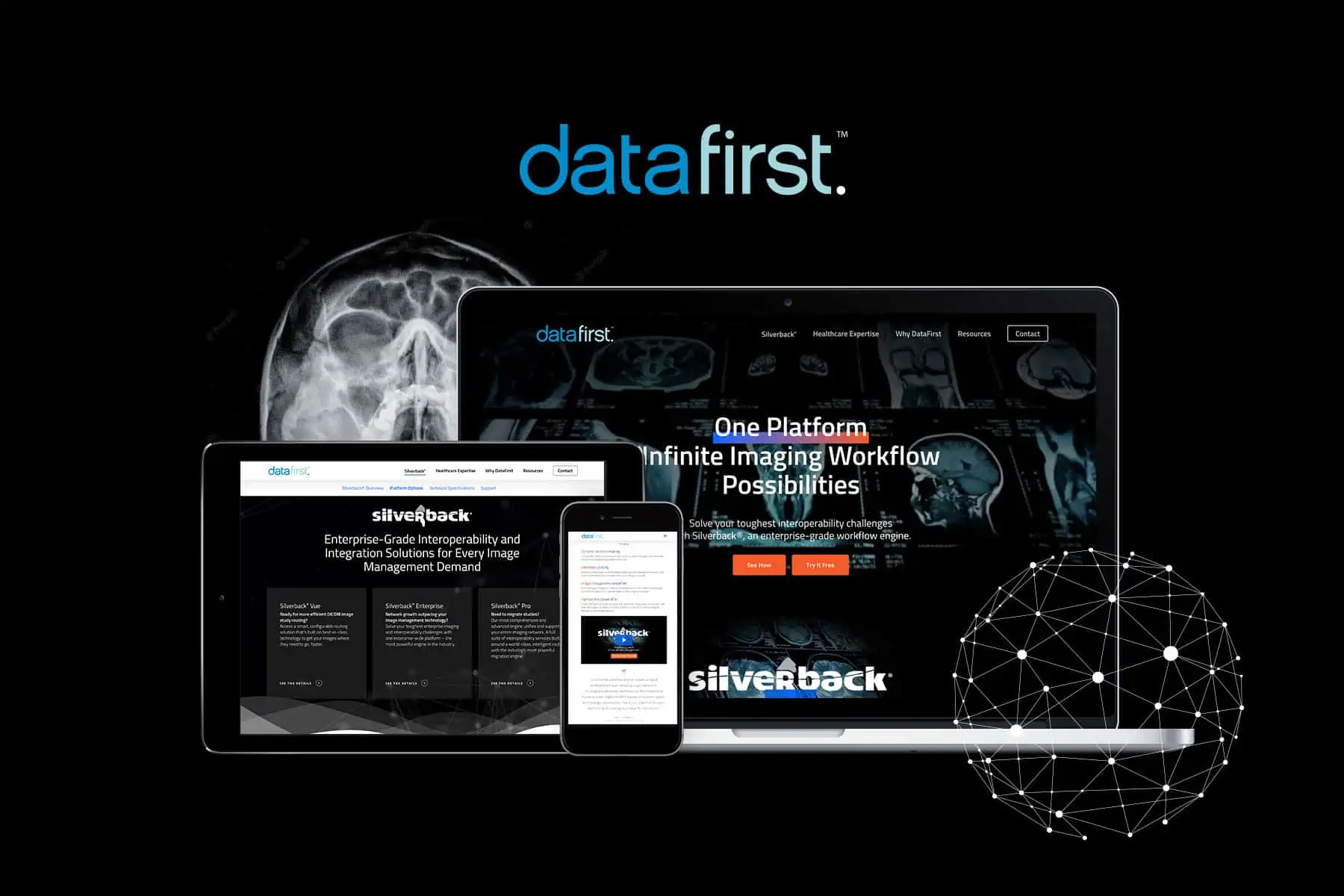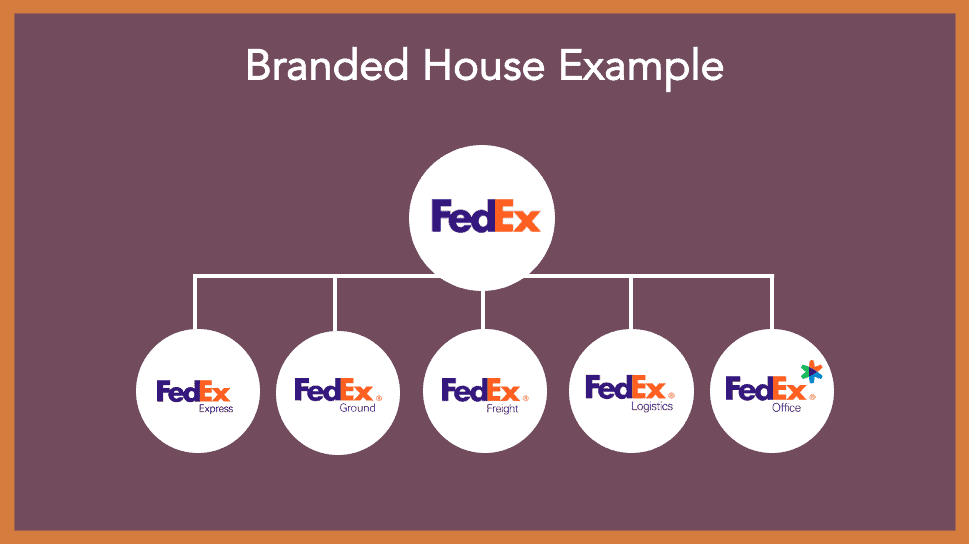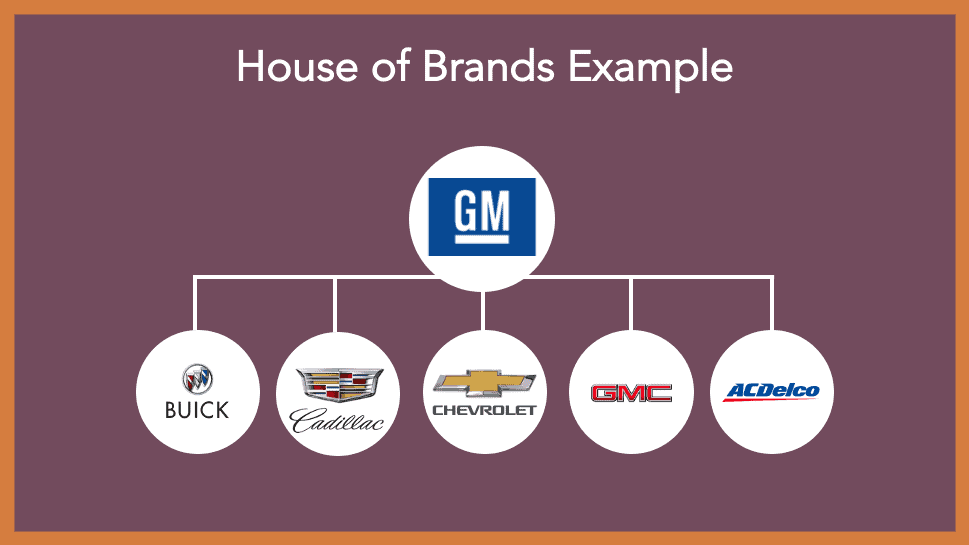Let the architecture metaphors begin.
Brand architecture is so aptly named. In building architecture, a home begins with the pre-design phase, where the designer considers the family’s values, goals, and desires for their new home.
The architect then sketches a series of schematics and refines them into official blueprints in the design development phase. These blueprints are eventually handed over to the construction teams who execute the vision and bring the home to life.
Building a brand is done in much the same way:
Phase 1: Pre-Design
What are your organization’s goals, values, and motivations? Why are you branding or rebranding? Who will be involved in the decisions? Who will judge the quality and success of your efforts?
Phase 2: Design Development
Consider several iterations of brand architecture and decide which is the best fit based on the questions answered in the pre-design phase.
Phase 3: Construction
Bring your branded house or house of brands to life with strategic execution of brand identity creation, brand messaging and positioning, and design.
This post is dedicated to the pre-design and design development phases of your brand architecture. One of the first decisions you will have to make to build a successful, long-lasting brand is whether to pursue a branded house architecture or a house of brands architecture.
Branded house vs. house of brands: What’s the difference?
A branded house model leverages the parent brand and attaches it to each child brand below, while a house of brands model allows for unique child brands separate from the parent brand.
Branded house pros and cons
A branded house approach is wise if you want your parent brand to be a well-known entity or if it already is.
If your parent brand has established value, you can leverage it by attaching it to your child brands, a common tactic for merger and acquisition marketing. This strategy can expand recognition for the parent brand by reaching new audiences and can help the child brands build brand value faster. A branded house also helps to avoid brand confusion by aligning each sub-brand with the main company.
A pro for smaller companies is that by centering all product and service branding around the parent brand, you’ll be able to reinforce and grow your brand value faster.
Brand builder beware: While this method can be very powerful, it can also be risky to the parent brand’s reputation. By attaching to each child brand, your parent brand is entrusting each entity to build upon the perceived value of the overall brand, not detract from it or bring it down. This can open the door to collateral brand damage in the event of a scandal, lawsuit, or financial issue.
The main benefit of a house of brands approach is the ability to build distinct brand voices to serve and appeal to diverse audiences.
While your parent brand can support the child brands to an extent, each stands strong on its own and addresses unique market needs. This method is typically best suited for large brands with diverse portfolios and deep pockets. For most small or midsize businesses, building and supporting multiple brands is cost- and resource-prohibitive.
Brand builder beware: While it can sound appealing to develop creative product branding, this approach is often not sustainable. In many cases, product or sub-brands will each require brand identity creation, marketing messaging, website development, promotions, and ongoing support.
Which model is right for you?
Before you jump into phase 3 brand construction, spend a considerable amount of time in phases 1 and 2 to ensure your brand architecture will fit the needs of your company and clients now and into the future.
If you have questions, contact our brand planners, architects, and construction crew to start your project off right.







